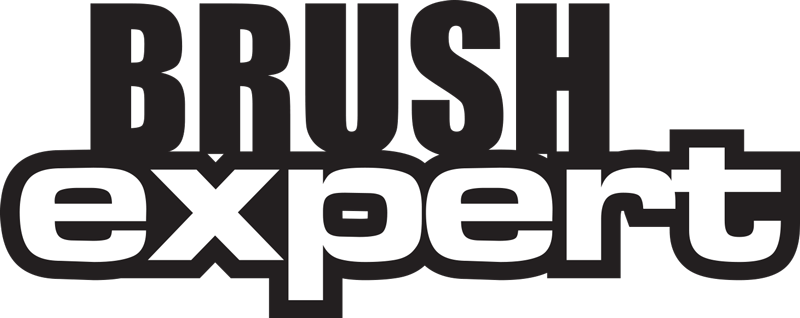How to Cut a Strip Brush On Site – Advice from the Experts at Precision Brush
Need to cut your brush to size yourself? Here’s how:
 Many times, a brush will need to be cut on site — after a customer receives the brush — to fit the intended application. For example, you might need to trim the brush down to fit a door; you could purchase a couple of long brushes and trim them to fit along the top and bottom. Brushes for dock leveller seals or the sides of a conveyor can be purchased long and trimmed down to size as well.
Many times, a brush will need to be cut on site — after a customer receives the brush — to fit the intended application. For example, you might need to trim the brush down to fit a door; you could purchase a couple of long brushes and trim them to fit along the top and bottom. Brushes for dock leveller seals or the sides of a conveyor can be purchased long and trimmed down to size as well.To accomplish cutting your brush on site without damaging the brush, there are a couple of tips to keep in mind:
- Use a bolt cutter: Cut your brush with a bolt cutter, not a hacksaw or band saw. A bolt cutter will pinch the ends of the U-shaped metal channel together and keep the brush intact, whereas a saw will leave the end of the channel open, and filaments can become loose and fall out.
- Deburr your edges: Use a file to smooth off any sharp edges after cutting. This step is especially necessary if the brush is being cut to fit in a brush holder.
SIDE NOTE: It’s okay to use a saw to cut brush holders down to size; it’s just not recommended to use saws on the metal channels of the brushes themselves.
Cutting brushes on site isn’t complicated; you just want to be sure to use a method that pinches the metal channel shut. Once you’ve cut your brush to the size you need, follow these tips if you are then placing it into a brush holder:
- Check your bristles: The brush should slide in fairly easily, but make sure that your bristles don’t get caught in the end of the brush holder. They sometimes lie down and get sucked into the channel of the holder. This is less of an issue with short brushes, but sometimes brushes with longer filaments get caught up.
- Close the ends of the holder: Once the brush is in its holder, use a pair of pliers or another tool to squeeze or tap the ends of the holder closed. This will keep the brush from slipping out.
- Consider staking into place: Some customers use a staking device to lock the brush into place. It pinches the holder an inch or two away from the end of the brush. It’s like a nail without a point on it; you hit it with a hammer, and it makes an indentation in the metal channel that’s just enough to hold everything in place. This is a fine method to use depending on the brush application; if it’s for a more aggressive application, though, you may want to close the holder off more securely.
Would you like to brainstorm with a brush professional? We’re available to help you determine which brush will work best for your needs.
Have an idea in mind? Try our online interface to design your custom brush.

Ordered from Precision Brush before? You can reorder brushes here.
Related Articles
Understanding Brush Channel Construction by Precision Brush
08/08/2023
Product News -
Precision Brush Company: Industrial Brushes Meet Artificial Intelligence
24/02/2023
Company News -
Top 5 Reasons to Use a Brush by Precision Brush
29/09/2022
Company News -
Bizarre Brush Ideas? All in a Day’s Work for Precision Brush
20/04/2022
Company News -
Precision Brush Company Makes Its Mark On the World of NFT Collectibles
16/04/2021
Archived -
Choose a Brush Company That’s Responsive: Precision Brush
28/06/2018
Archived -









